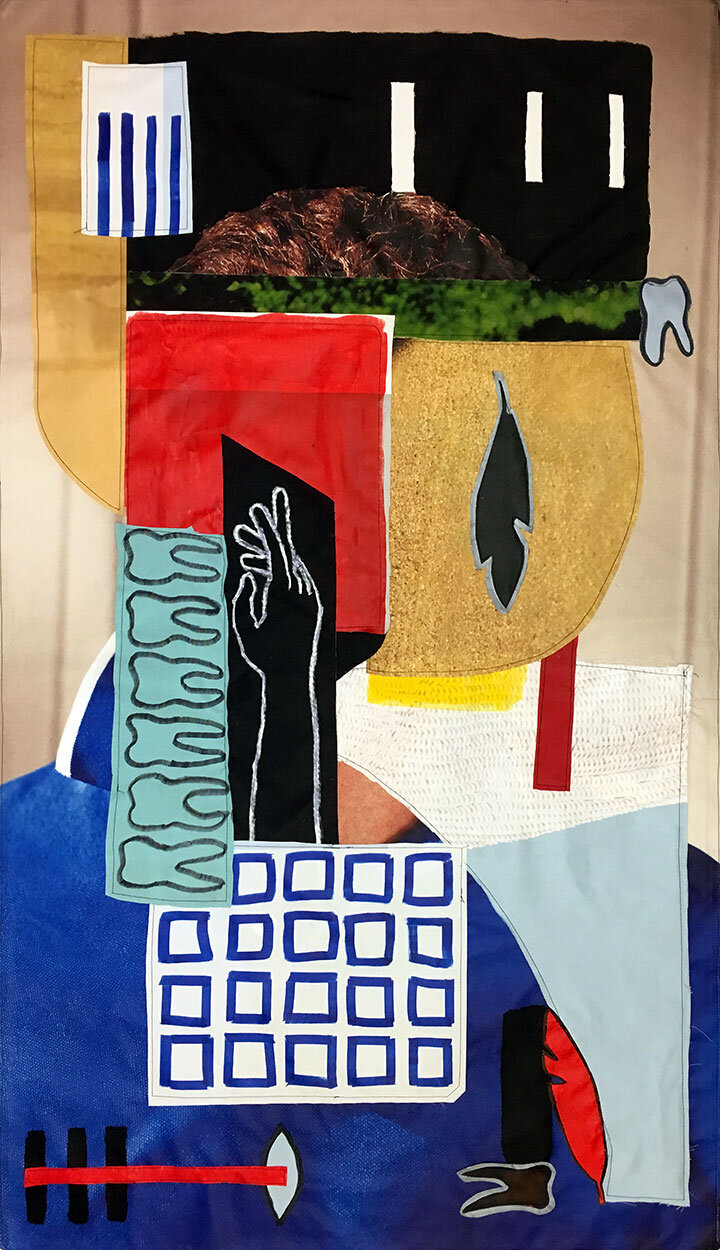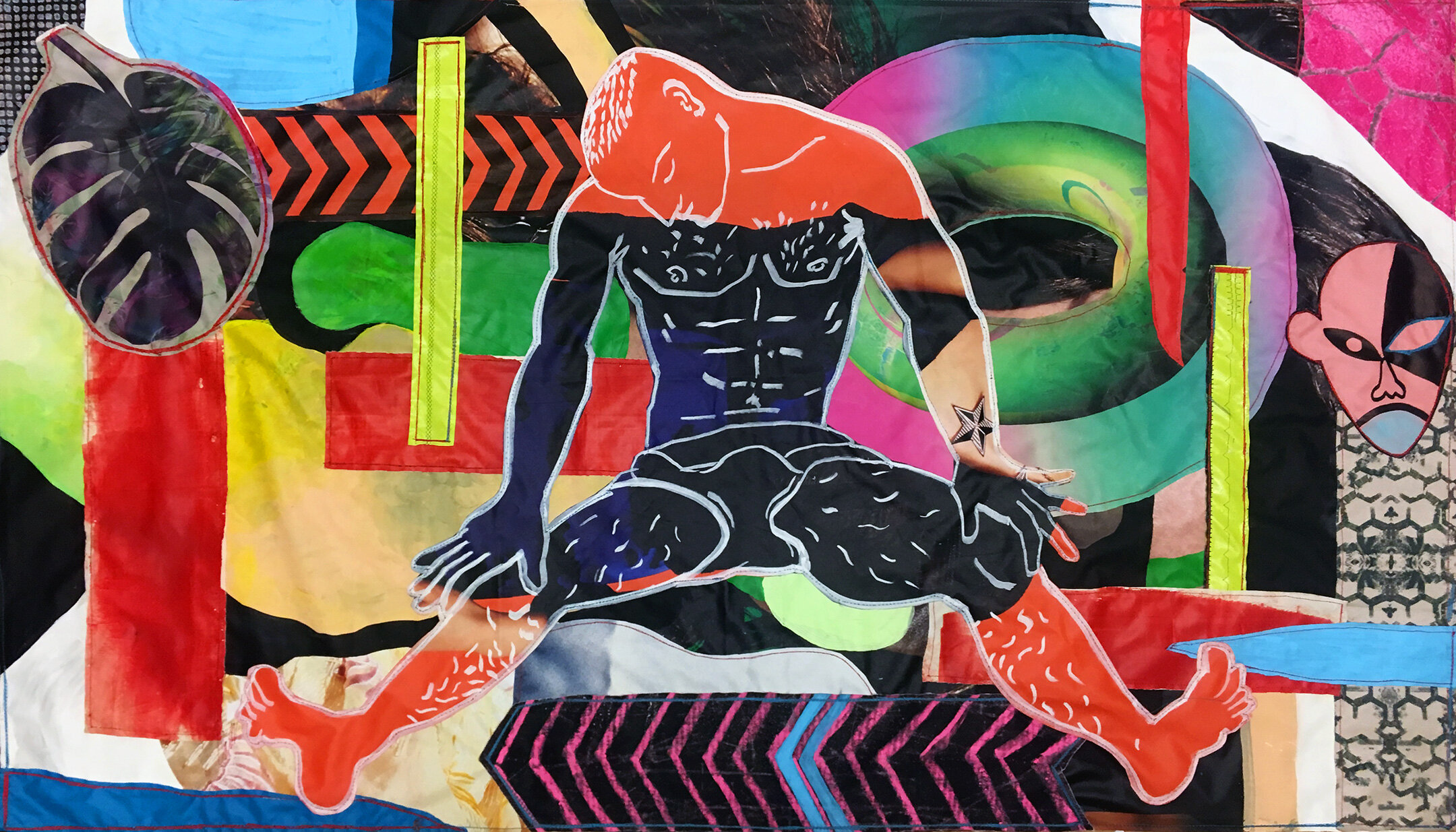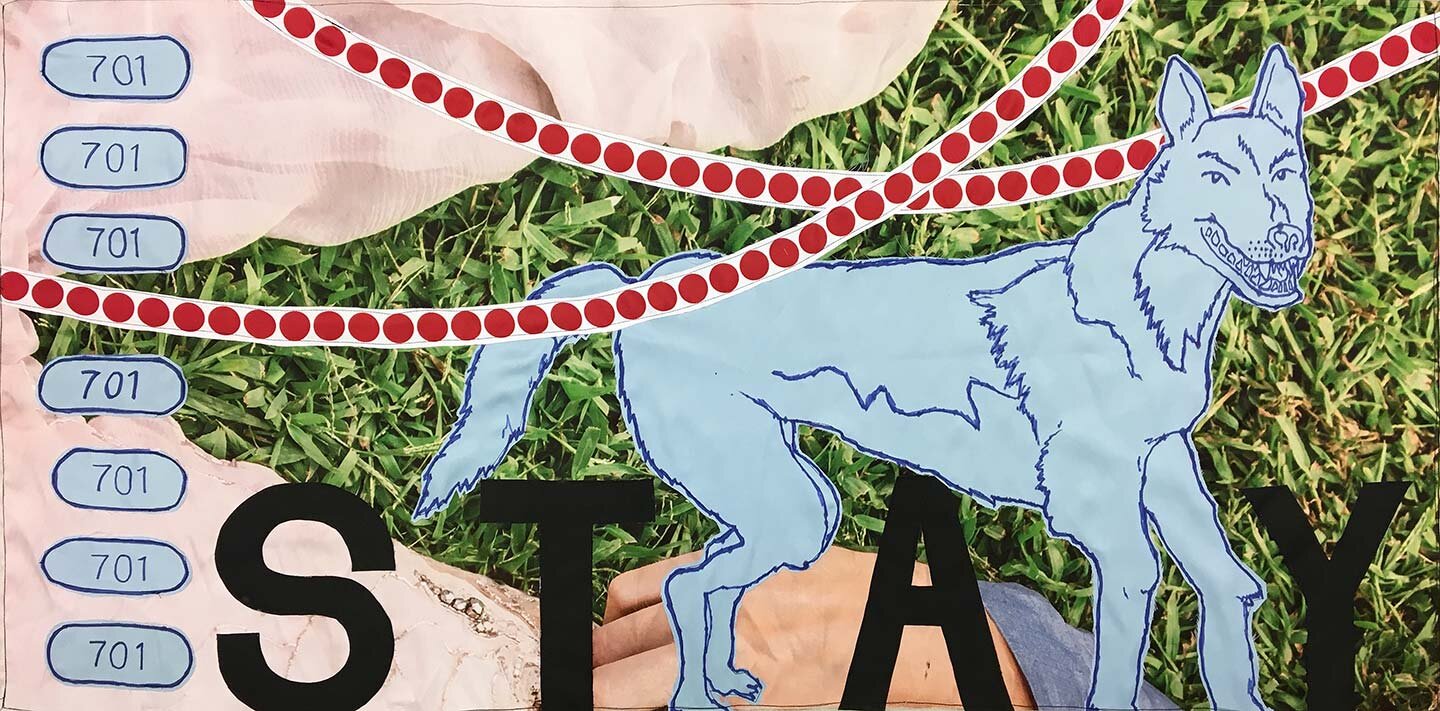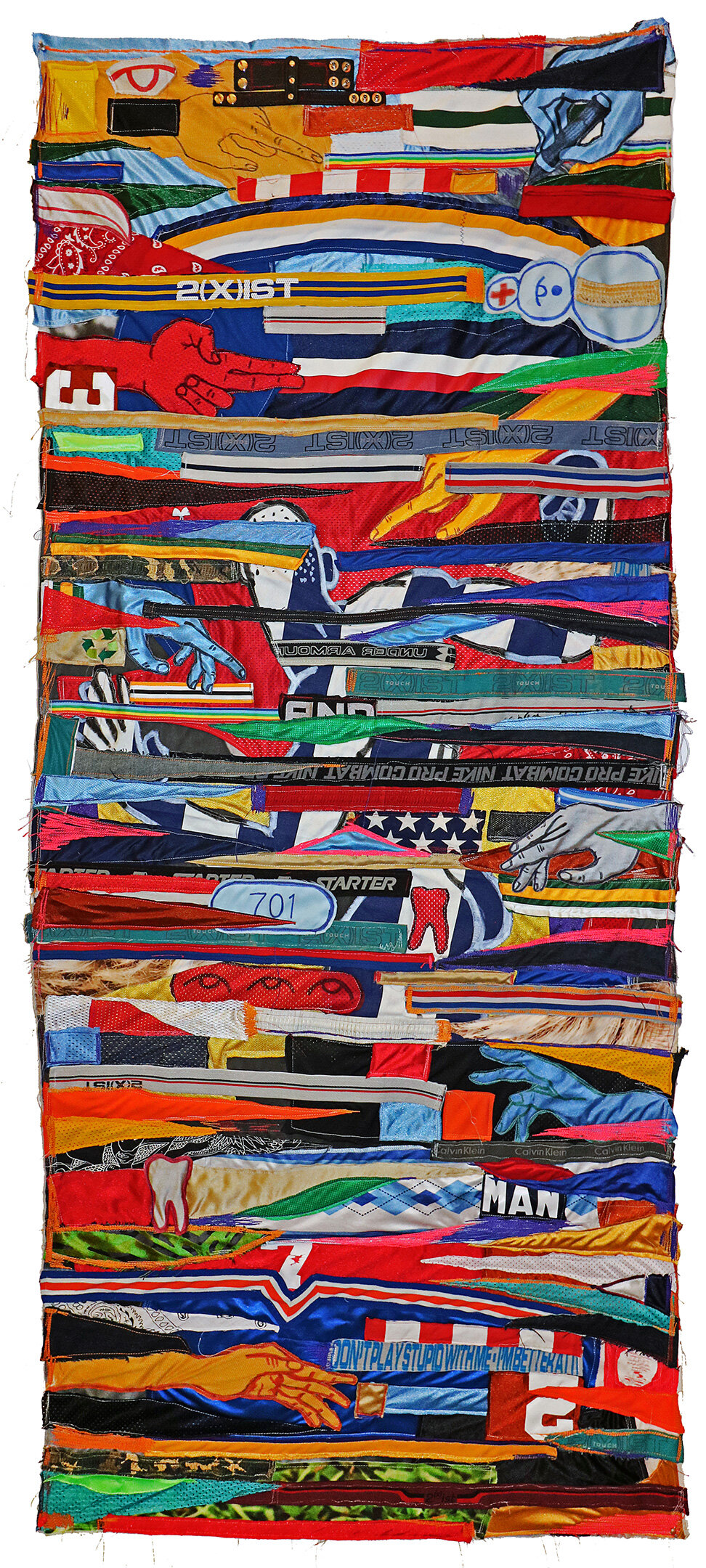The Lovers (2019) acrylic om tarpulin. 10 x 10’
I couldn’t think of a better name for a group show. Disparate ingredients coming together to create a delicious experience of taste and nourishment.. And perhaps a distant memory of that exuberant night of our chef when everyone pooled their drugs and called it ‘soup!’ Regardless, This soup, no less delicious or hearty, served up some chunky local,, authentic, organic artwork, from kitchen to table. Below are some installation views and an essay from the exhibition website
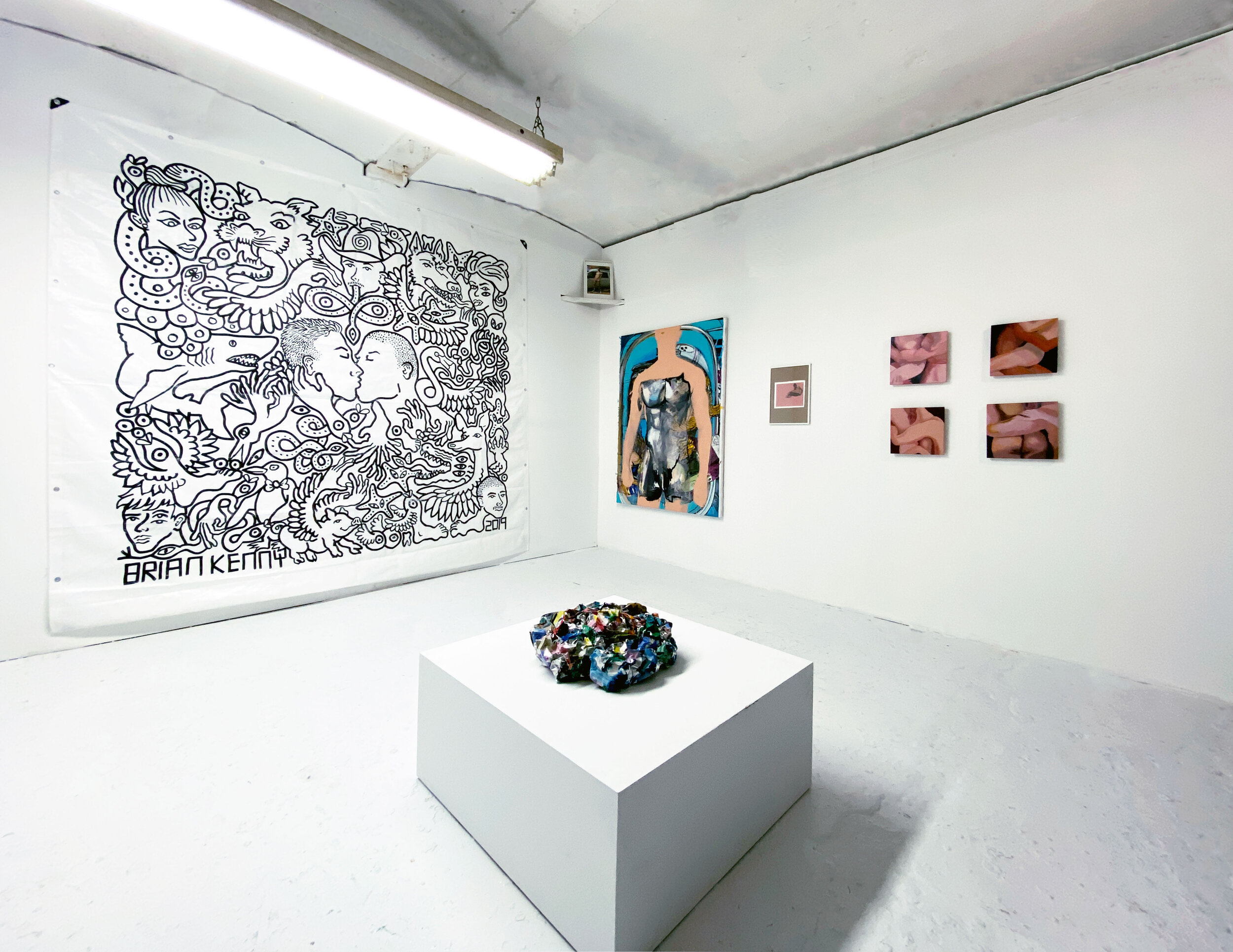
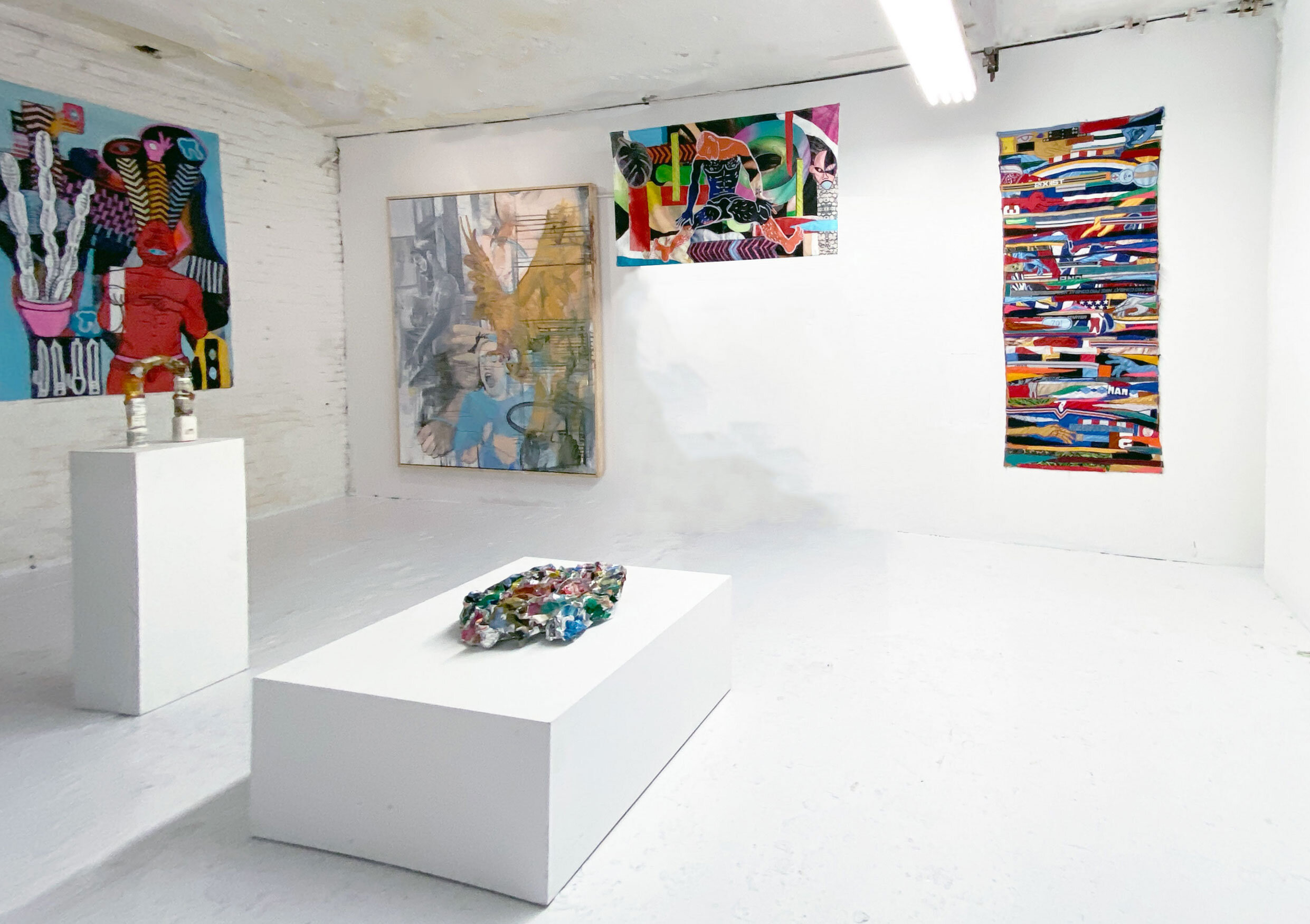
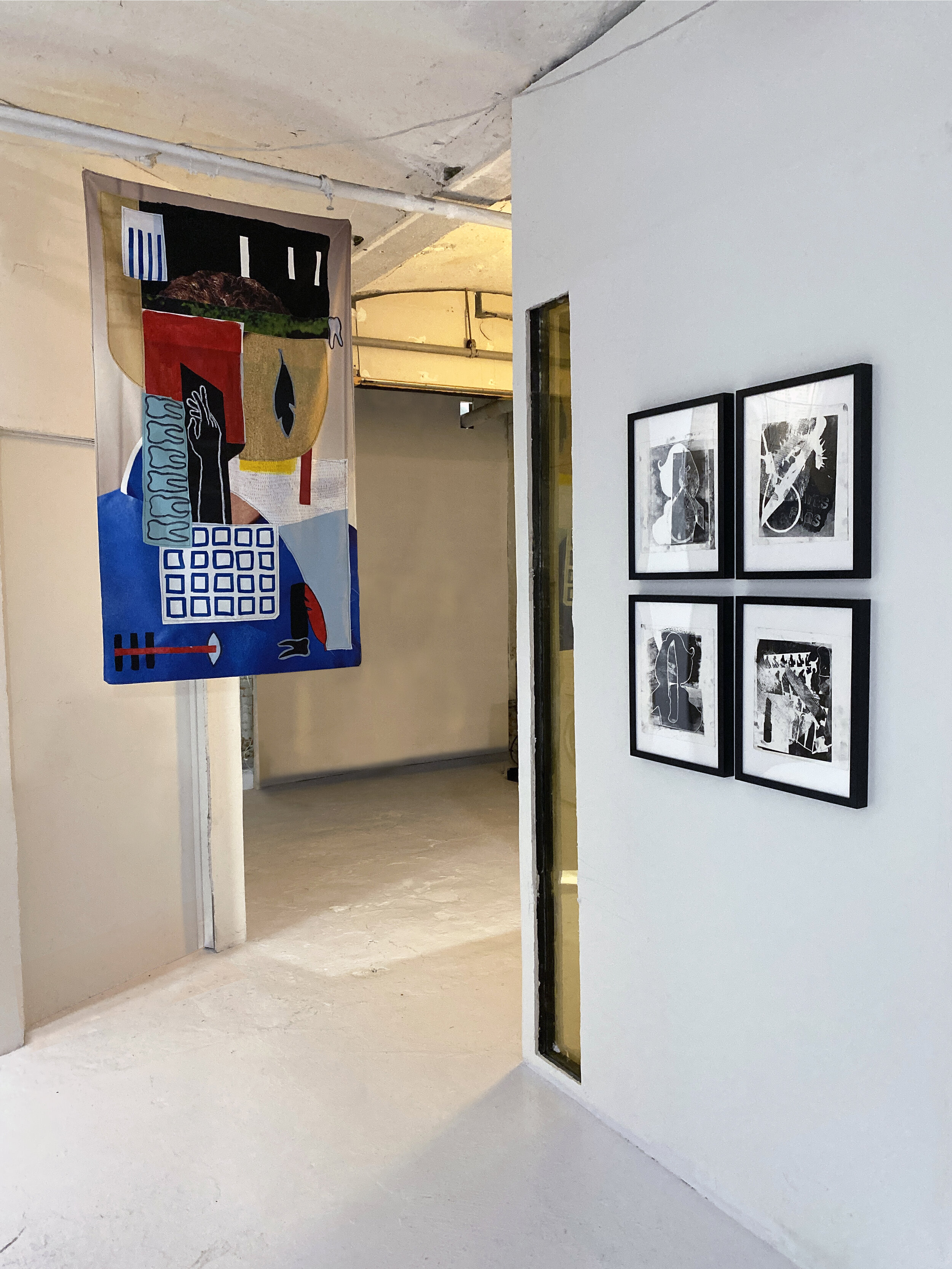
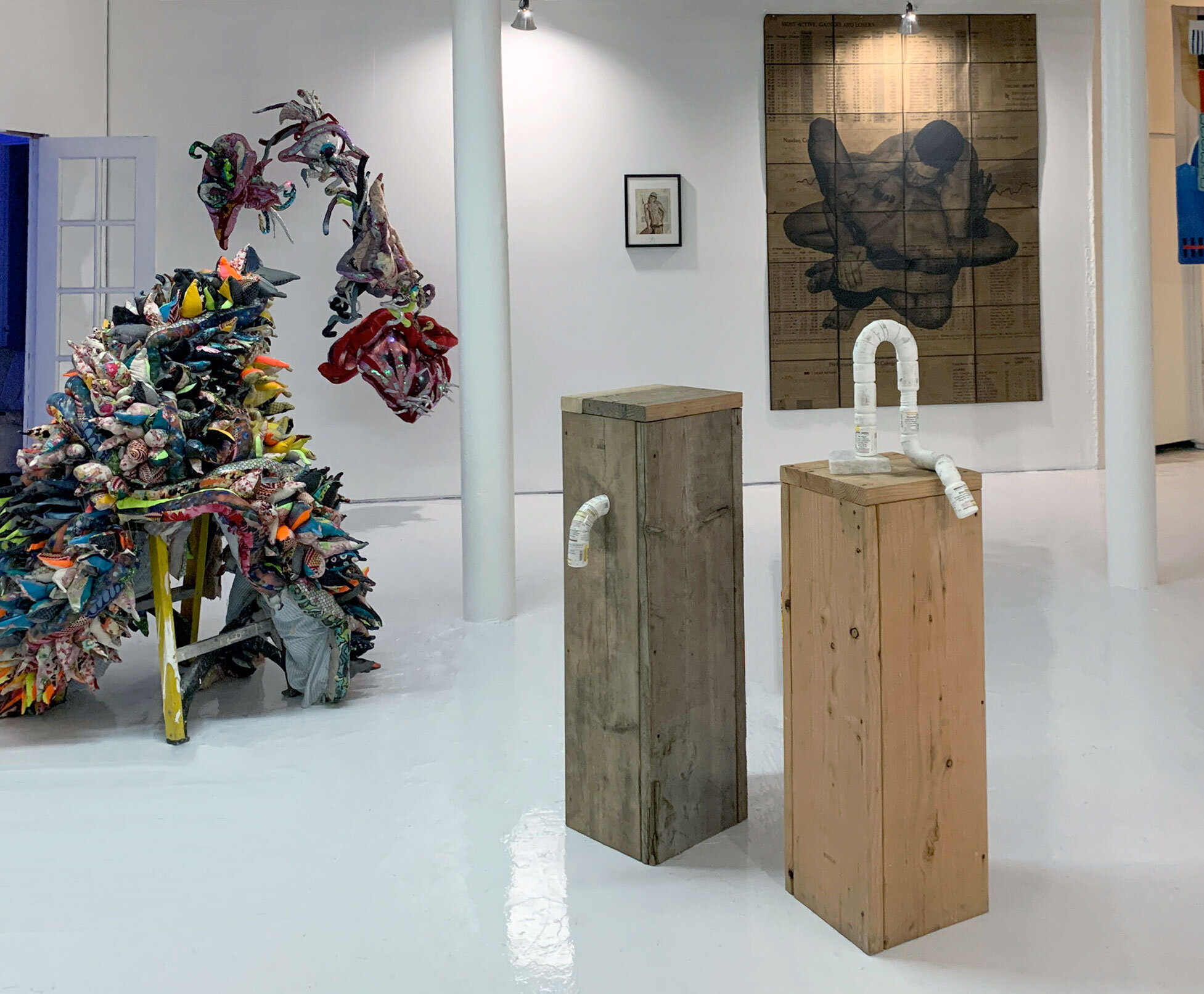
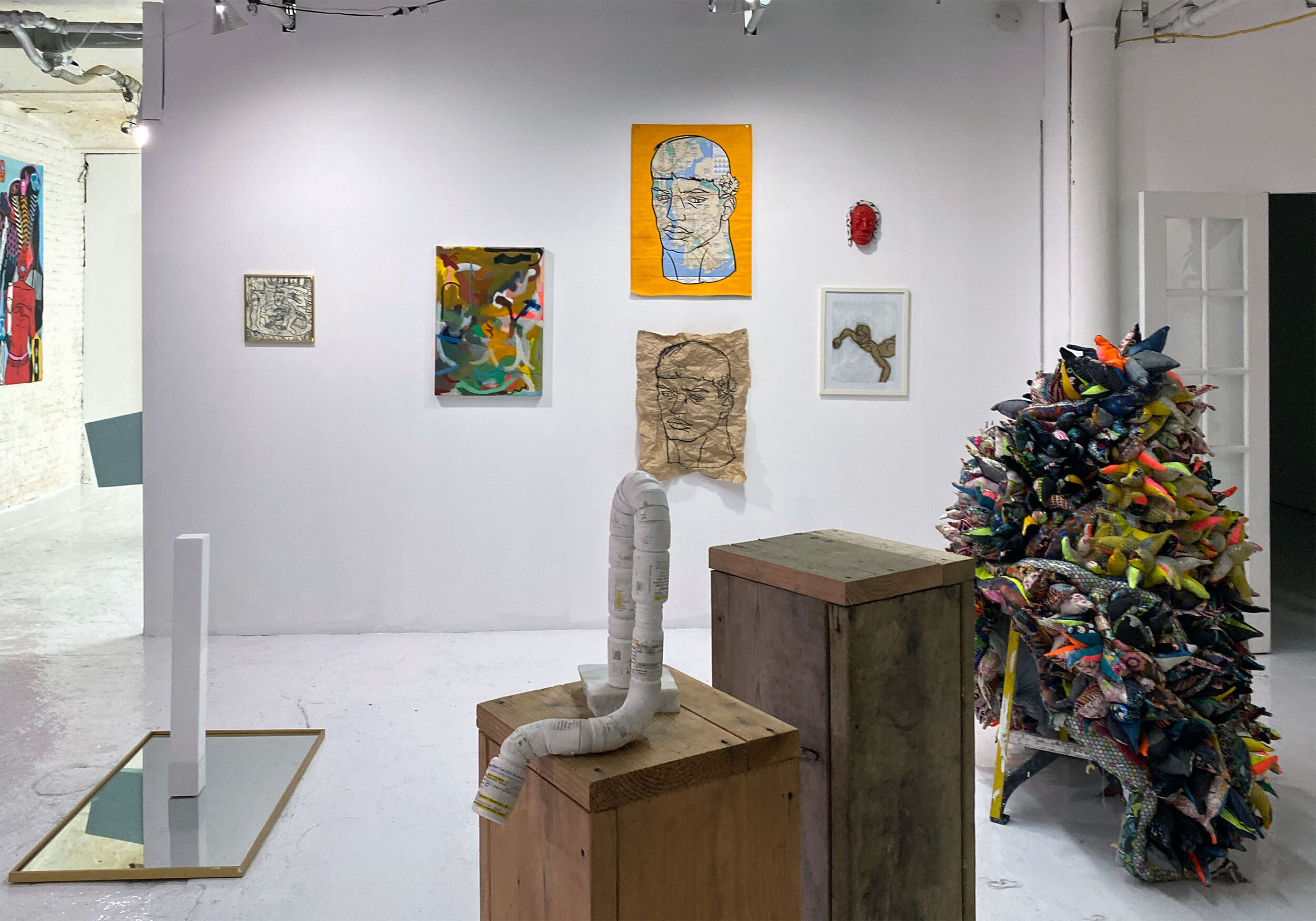
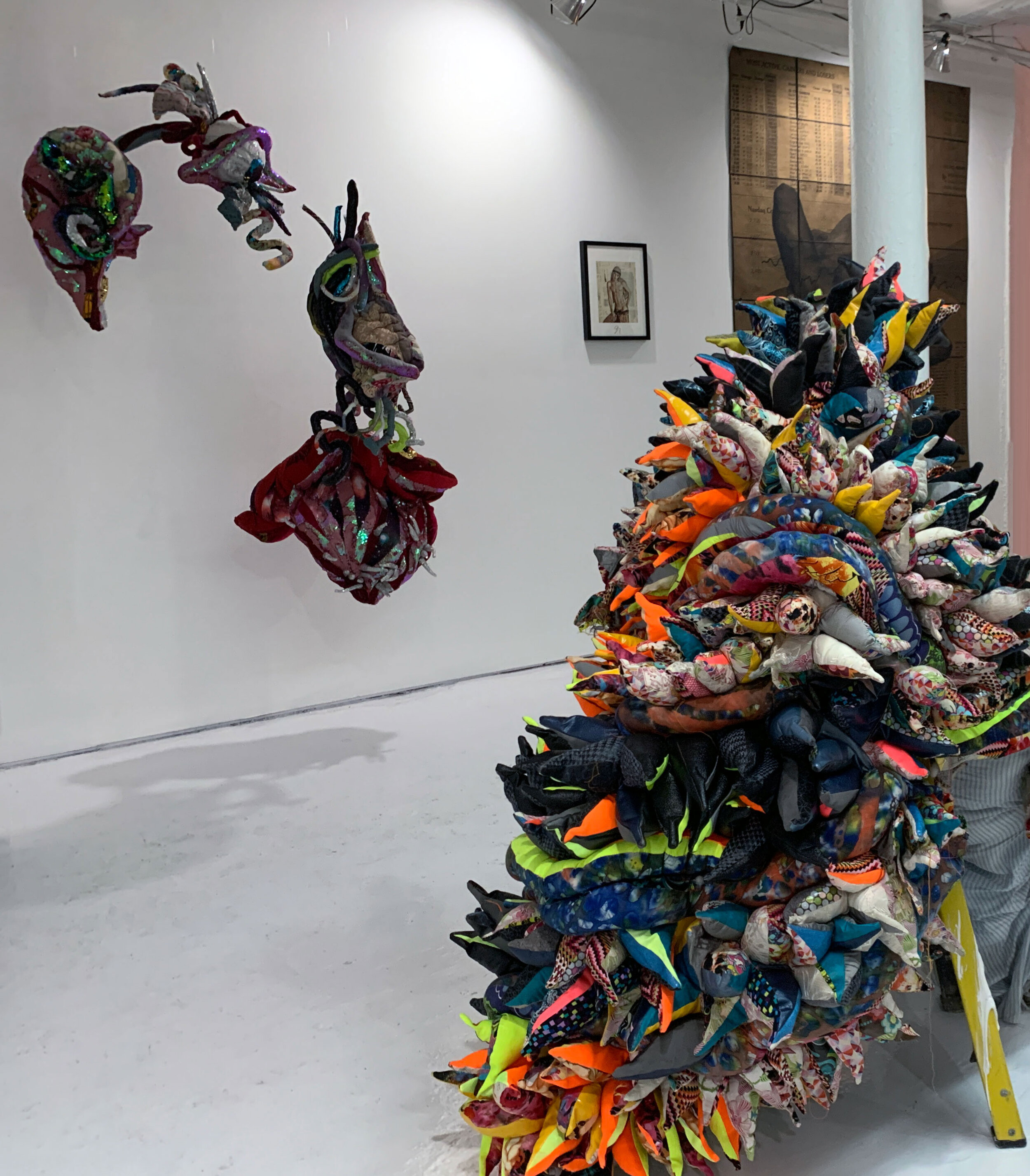
Text by Madeline Bohm.
Walking into the gallery space at 50 Taafee one is struck by a sense of exuberant joy. SOUP is a blatant celebration of difference, a group show combining the work of individuals whose experiences of gender, sexuality, race and class vary so wildly that the end result is a dazzling array of perspectives.
Curated by artists Gio Black Peter and Alex Schmitz, SOUP features artists whose work taps into the same electrifying energy seen in the downtown New York of Kieth Haring, Jean-Michel Basquiat, Kiki Smith, and David Wojnarowicz. It is no coincidence the title for the exhibition was inspired by Peter's personal experience in a Berlin night club. Soup is slang for a concoction consisting of anonymous crushed powders which are taken together as a whole. A good soup is more than the sum of its individual parts and the same is true about SOUP the exhibition. What binds the work of these artists together is less a sense of stylistic continuity and more a sense of political necessity: the same force that drives all marginalized members of society to congeal into communities.
The pulsing sense of life which shines through the works on display is a reminder that creative acts and aesthetic experiences can happen anywhere and at any time. Indeed the ten artists whose work is on display in a former machine shop located in Brooklyn might be seen as the latest incarnation of the tradition of the independent and communal DIY spirit that has long leant a vital and fresh perspective to the creation of works of art, from the Salon de Refuses of 1863 Paris to the more recent avant-garde art scene of 1980s NY. The communal spirit underlying the creation of SOUP, and the democratization of the aesthetic experience which it implies, lends a certain immediacy to the act of viewing. The ephemeral nature of the installation forces the viewer to consider the nature of creation.
As the viewer's gaze wanders from an oversized print of erotic figures superimposed over a graph charting the rise and fall of the stock market, pauses to rest on a pair of minimalist sculptures crafted from bottles of medications used to treat and prevent the spread of HIV infection, and then falls on the oversized representation of organs of sense crafted out of fabric, it is impossible not to recognize that one is receiving a uniquely privileged moment of access to view such a wide array of work which speaks to each of the artist's individual lived experiences. Indeed, much of the work speaks directly not just to the lived experiences of the artists as artists, but their individual lives and unique experiences as members of groups typically not represented within the artistic canon.
If one pauses to think that the moments at which a photograph was snapped or a stroke of paint brushed onto canvas are now gone forever—except for their representation in these works of art—it acts further to remind the viewer that these are not works installed in hallowed museum halls, but creations produced by the artists in a particular moment in history. The communal and temporary nature of SOUP highlights this sense of impermanence, while celebrating the inexhaustible act of creation.

